Mosquito rasbora - Boraras brigittae
Scientific name: Boraras brigittae
Common name: Mosquito rasbora
Family: Cyprinidae
Usual size in fish tanks: 3 - 4 cm (1.18 - 1.57 inch)
014
Recommended pH range: 6.3 - 7
Recommended water hardness: 5 - 14°N (89.29 - 250ppm)
0°C 32°F30°C 86°F
Recommended temperature range: 23 - 27 °C (73.4 - 80.6°F)
The way how these fish reproduce: Spawning
Where the species comes from: South Asia
Temperament to its own species: peaceful
Temperament toward other fish species: peaceful
Usual place in the tank: Middle levels
Origin
Mosquito Rasboras (Boraras brigittae) are native to the lush, slow-moving waters of South West Borneo in Asia. These small fish thrive in the blackwater streams and peat swamps, where the water is typically soft, acidic, and stained with tannins from decaying plant matter. Their natural habitat is densely vegetated, providing them with ample hiding spots and a subdued light environment.
Lifespan
The expected lifespan of the Mosquito Rasbora is 4-8 years, depending on the quality of care and the conditions within the aquarium. Proper diet, clean water, and a stable environment can help these fish live to the upper end of this range.
Short Description
Mosquito Rasboras are delicate, petite fish that are best suited for species-specific tanks or peaceful nano-community setups. Their small size makes them less ideal for large community tanks where they may struggle to compete for food. It’s recommended to keep them in groups of at least 8, as they are social creatures that thrive in numbers. These fish are tolerant of a wide range of water parameters but are particularly sensitive to fluctuations, so a fully cycled aquarium is essential before introducing them. A heavily planted tank with dim lighting mimics their natural habitat and helps them feel secure. Since they originate from slow-moving waters, minimal water flow is ideal. High water quality should be maintained through regular water changes. Suitable tank mates include other peaceful, small fish like Tetras or similar-sized cyprinids.
Food and Feeding
Mosquito Rasboras are omnivores that require a balanced diet to thrive. In the wild, they feed on tiny invertebrates, zooplankton, and algae. In the aquarium, a quality micro-pellet or flake food can form the base of their diet, but it should be supplemented with live or frozen foods like Daphnia, baby Brine Shrimp, and micro-worms. These foods replicate their natural diet and promote vibrant coloration and overall health. They will also graze on algae and biofilm that form on plant leaves and decorations, so adding some leaf litter to the tank can provide them with additional foraging opportunities.
Sexing
Male Mosquito Rasboras are generally slimmer, slightly smaller, and display brighter coloration compared to females. The dominant males in the group will exhibit a deeper, more intense red hue, especially during breeding displays. Females tend to have a rounder abdomen, particularly when carrying eggs.
Breeding
Mosquito Rasboras are prolific breeders, often spawning without any special intervention from the aquarist. They are egg scatterers, laying a few eggs each day among plants or other fine-leaved decorations. To maximize fry survival, it is advisable to remove the adults after spawning, as they may consume the eggs if they find them. The eggs typically hatch after 24-36 hours, and the tiny fry should be fed infusoria or commercially available liquid fry food until they are large enough to accept newly hatched Brine Shrimp. Given their frequent spawning, it's important to have extra tanks or containers ready to house the numerous batches of fry. Air-driven sponge filters are ideal for fry tanks as they provide gentle filtration without risking the fry being sucked into the filter. Daily, small water changes will help maintain water quality without stressing the delicate fry.
Pictures
Bought by aqua-fish.net from jjphoto.dk.
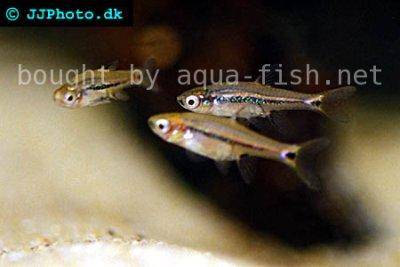


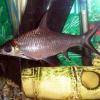 Bala
Bala 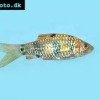 Spotted
Spotted 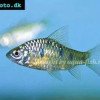 Golden
Golden 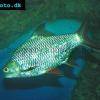 Tinfoil
Tinfoil  Congo
Congo 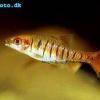 Blue-barred
Blue-barred 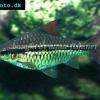 African
African  Butterfly
Butterfly 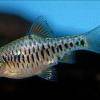 Olivegreen
Olivegreen 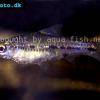 Morse
Morse 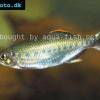 Jerdon’s
Jerdon’s 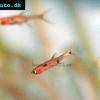 Dwarf
Dwarf 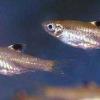 Eyespot
Eyespot 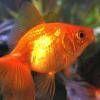 Goldfish
Goldfish  Penguin
Penguin 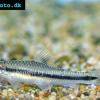 Siamese
Siamese  Koi
Koi 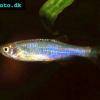 Pearl
Pearl 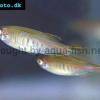 Glowlight
Glowlight 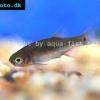 Crossbanded
Crossbanded  Yoma
Yoma 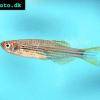 Orange
Orange 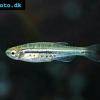 Dwarf
Dwarf 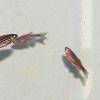 Zebra
Zebra 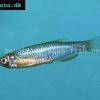 Rose
Rose 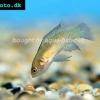 Red
Red 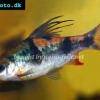 Arulius
Arulius 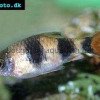 Tambraparni
Tambraparni 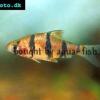 Fiveband
Fiveband 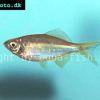 Bengal
Bengal 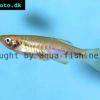 Tiger
Tiger 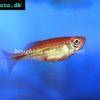 Malabar
Malabar 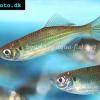 Queen
Queen 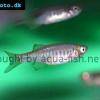 Hora
Hora 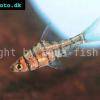 False
False 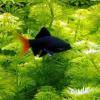 Redtail
Redtail 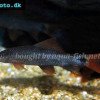 Rainbow
Rainbow 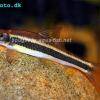 Flying
Flying 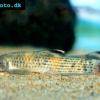 Garra
Garra 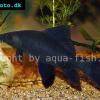 Black
Black 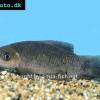 Purple
Purple 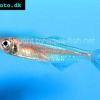 Burmese
Burmese 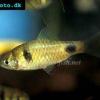 Dwarf
Dwarf  Isok
Isok 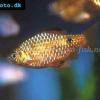 Rosy
Rosy 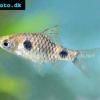 Two
Two 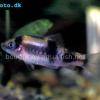 Melon
Melon 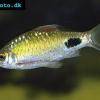 Black-spot
Black-spot 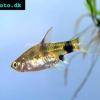 Golden
Golden 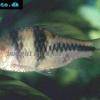 T-Barb
T-Barb 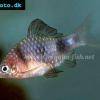 Ruby
Ruby 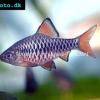 Checkered
Checkered  Rhomb
Rhomb 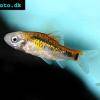 Gold
Gold 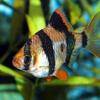 Tiger
Tiger 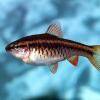 Cherry
Cherry 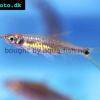 Brittan’s
Brittan’s 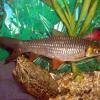 Greater
Greater 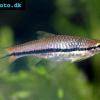 Long-band
Long-band 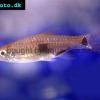 Twospot
Twospot 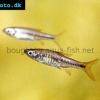 Reticulate
Reticulate 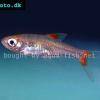 Cherry
Cherry 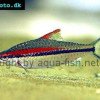 Denison
Denison 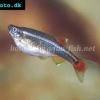 White
White 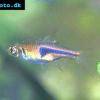 Lambchop
Lambchop 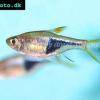 Harlequin
Harlequin